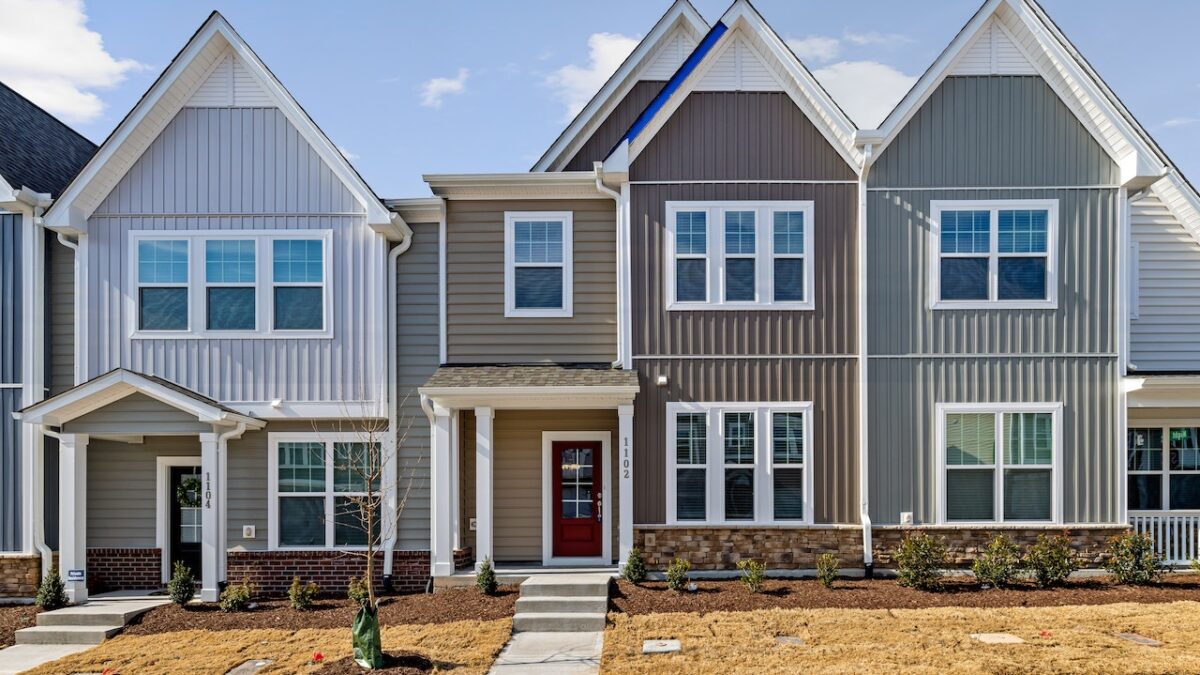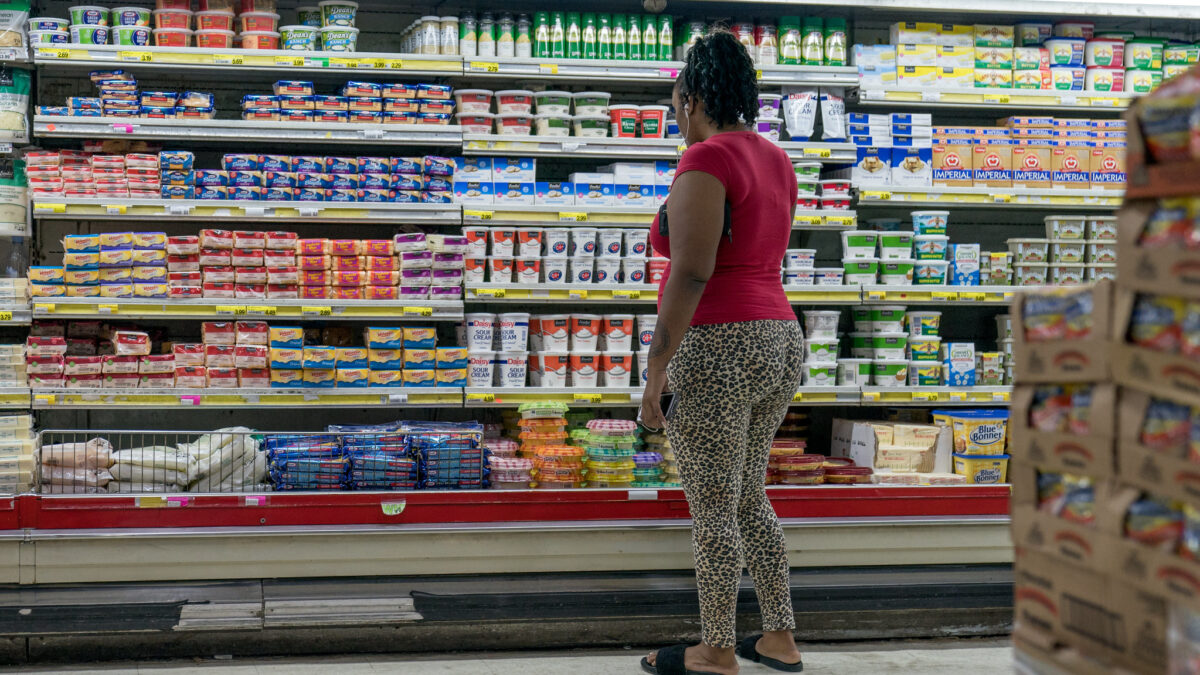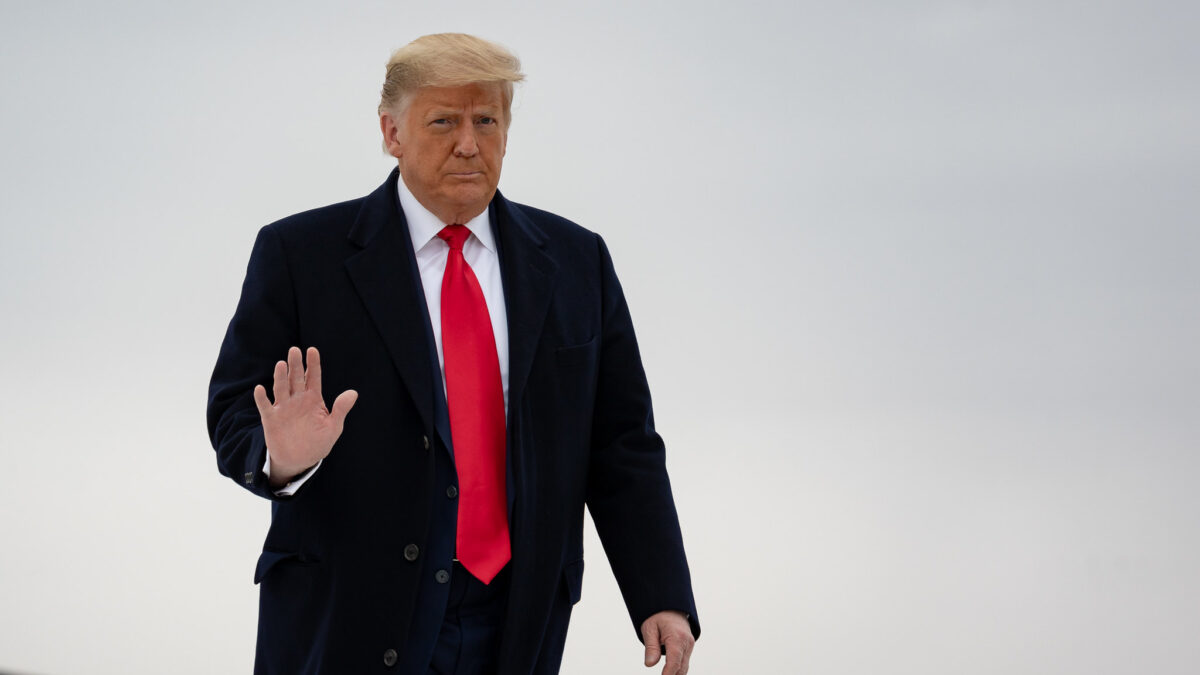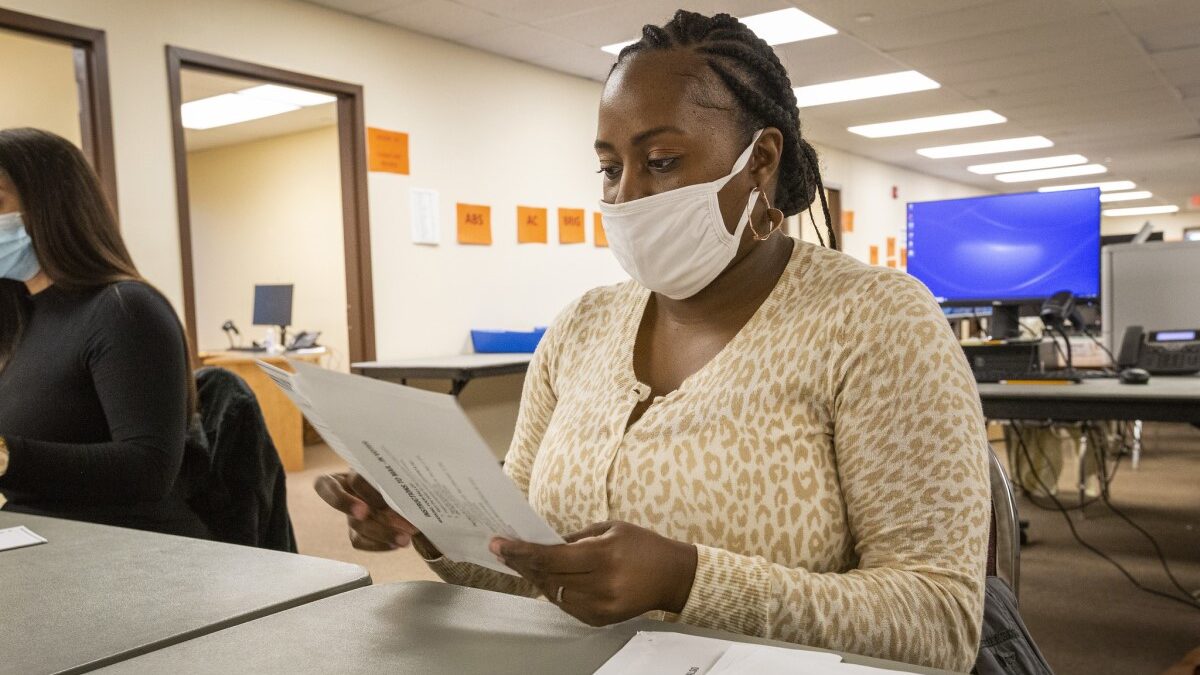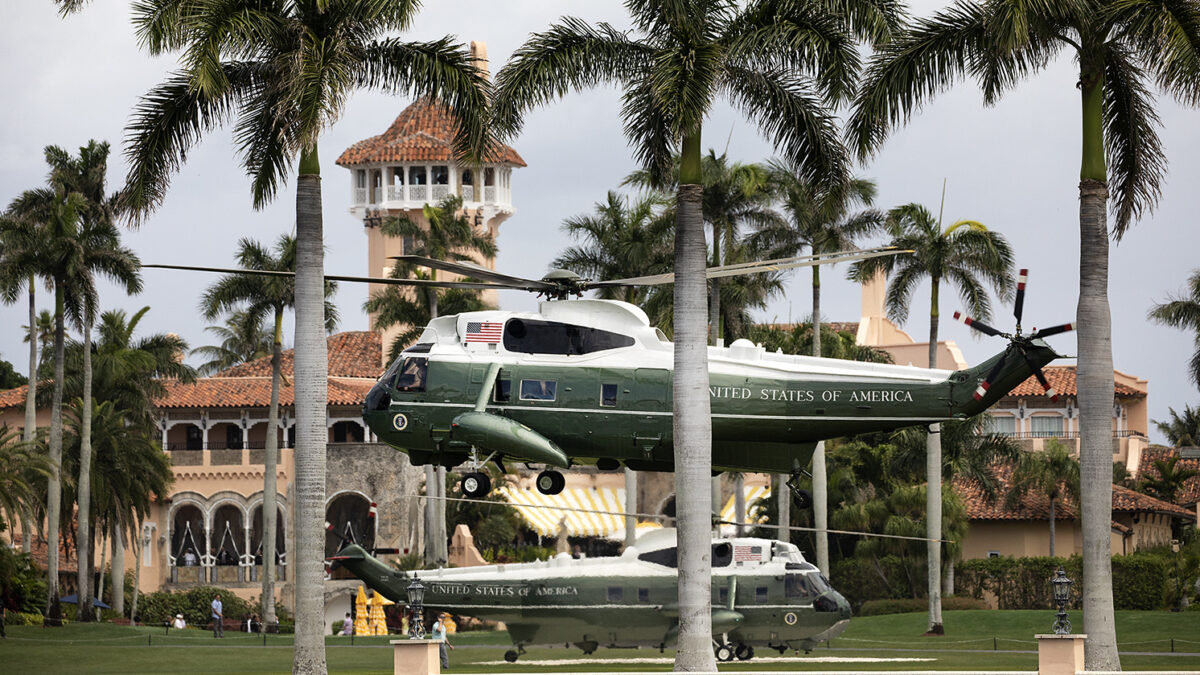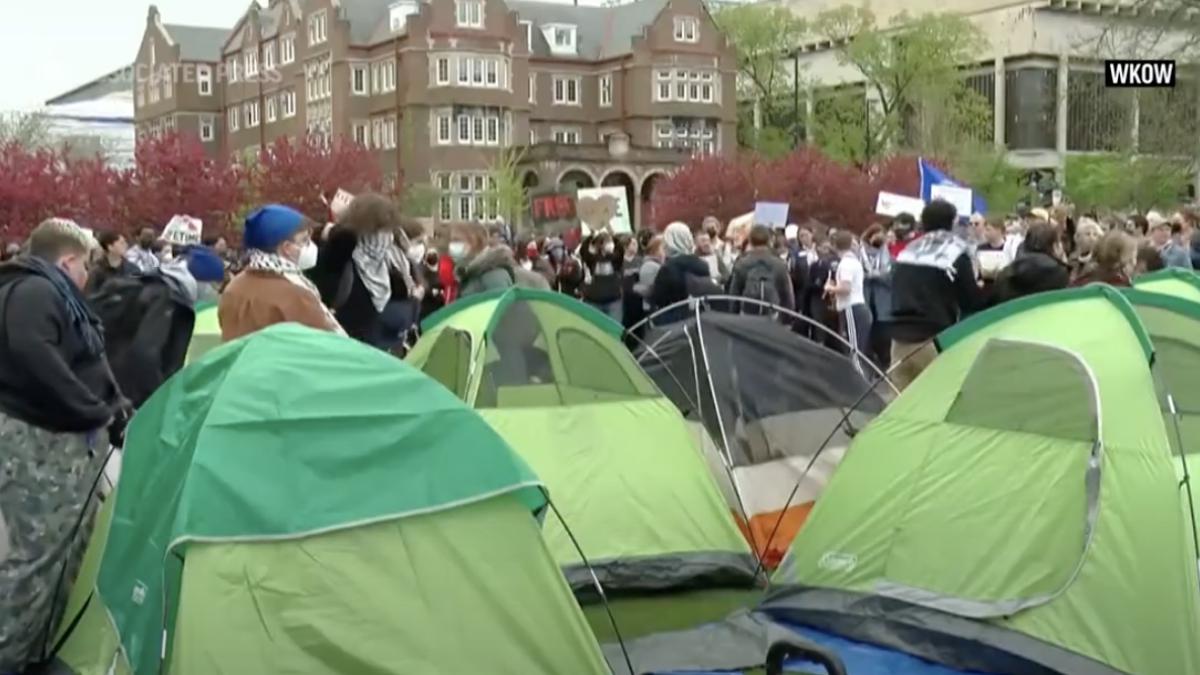This past Columbus Day, I took my wife and kids to a pumpkin patch. While we had a good time, what struck us was the cost of the whole thing. Admission alone cost us $60 plus tax. If we weren’t so frugal, we could have easily spent another $60 or more just buying pumpkins and concessions. Altogether, a few hours at a semi-rural Texas property furnished with some pumpkins, bales of hay, overfed baby goats, and a few repurposed antique farm vehicles would cost well over $100.
On our way home, my wife and I talked about just how expensive these outings have become. The State Fair would cost us hundreds, as would a trip to the Dallas Arboretum, or the Dallas Zoo. Amusement parks like Six Flags cost even more. If we wanted to take a trip somewhere out of town for a few days, this would set us back over $1,000. Thus, for the foreseeable future, we will just have to settle for the modest thrills of the library, the park, and the nearby walking trail.
And that’s just the tip of the iceberg as far as expenses go. A swarm of new residents has caused property values and accompanying property taxes to skyrocket. And due to inflation and restrictions on energy production, utilities, groceries, and gas are all much higher than just a few years ago. This leaves relatively little disposable income for eating out or visiting pumpkin patches. We save what little we can for disasters and retirement — my teacher’s pension does not keep up with inflation — but it’s not much. Like many others, we simply pray the cars continue running and everyone stays in good health.
There are others around us who face even bigger struggles. Most of my younger colleagues spend half of their paychecks or more on rent and don’t even bother looking at houses. Other teachers my age or older are working extra jobs to pay for the houses they do have. Those of us with families continually look for ways to save while those without families are either delaying having children or opting out of parenthood entirely. As for enjoying the leisure to cultivate a social life and read good books, there’s little time or energy for any of that.
All this might be understandable, but we are professionals with (sometimes multiple) college degrees. We should be living comfortable, middle-class lives. Instead, we’ve been significantly and unsustainably squeezed, making huge tradeoffs that cost us our mental health, connection with others, and our ability to raise the next generation.
For the younger generations coming of age and entering the workforce (the older members of the Gen Z cohort), the prospects are dire. As cultural writer Addison Del Mastro explains in a recent essay, not only will this generation not be able to afford a starter home, but they won’t even be able to purchase a starter car: “Much like the starter home, the starter car is on its way out.” Smaller, cheaper sedans that worked out for young drivers just aren’t made anymore. Now, they will have to take out massive loans to pay for an SUV or electric car — on top of the loans they take out for college. Buying used will also set them back nearly as much in today’s market. With no starter home or starter car to commence adulthood, Zoomers, even the educated ones who supposedly did everything right, are stuck in abject dependence unless they were born rich.
As for my generation, the Millennials, some of whom were lucky enough to purchase a starter home and starter car before they became prohibitively expensive, we’re pretty much stuck with these starters. I would love to upgrade my 13-year-old Honda Fit and move into a bigger house, a “forever home,” with an extra bedroom and bathroom — things my parents were able to do at my age — but this is unfeasible.
That said, this economy seems to be working for some Americans. Living in the northern suburbs of Dallas-Fort Worth, I see plenty of new residential subdivisions packed with McMansions. I also share the road with more than a few Teslas and decked-out pickup trucks, and witness ever more boutique retailers, craft breweries, and upscale restaurants opening. Surely someone is able to afford to go to these places.
I can only imagine they must have unusually good salaries, are DINKs (dual-income, no kids), receive financial help from their family, or spend money they don’t have. Judging from the soaring credit card debt, I would guess many of them are in that final group.
It’s fair to say that today’s economy, even in prosperous red states like Texas, is designed to cater specifically to the rich and poor segments of the population. As for the majority of Americans in the middle, who don’t qualify for public welfare and can’t blow obscene amounts of money at Disneyland, they will continue feeling the squeeze in countless ways.
Sadly, nothing is changing on this front. So long as the federal government continues to print more money to cover expenses, inflation will continue. So long as the housing supply fails to keep up with demand, housing will be expensive. So long as car manufacturing is tied up with idiotic environmental regulations, new cars will also be expensive. And so long as domestic energy production is tied up in regulation, all economic activity and utilities will cost more and more.
Even as other issues come up that influence the way Americans vote in the coming elections, it’s going to be the economy once again that decides where the political winds finally turn. As the present situation demonstrates, elections have consequences, and what we have now has been a recipe for economic decline. We’re all feeling it, some of us more than others.
